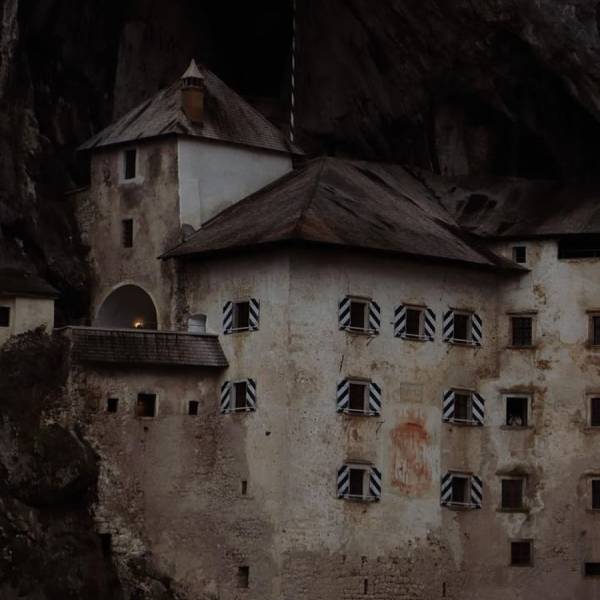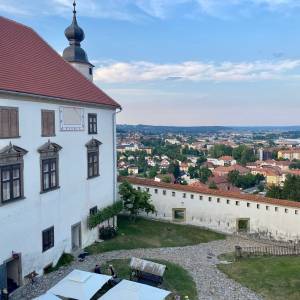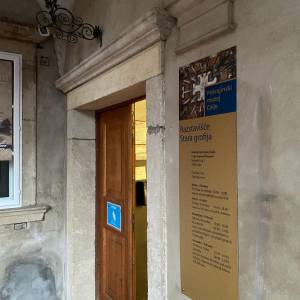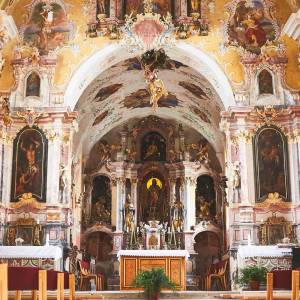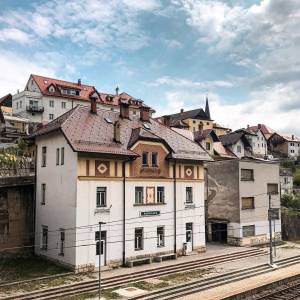The oldest instrument, a needle, a wooden wheel with an axle – only in Slovenia can you see some of the oldest objects that have significantly affected the technical development of modern man and his spirituality. Here, you can find proof that people have always known how to have some fun. In addition to museums, the sites where exceptional artefacts were found and their surrounding areas are also worth a visit, as they combine the offer of cultural experiences, active tourism, and excellent cuisine.
A 60,000-year-old flute
The area of Slovenia has been settled since Prehistory, which is evidenced by incredible findings found in today's Divje Babe Archaeological Park. There is a cave in the steep hillside of Šebrelje Plateau, which is considered to be one of the most important sites with Stone Age findings in the world. In it, the bones of more than 60 different animal species, most significantly those of a cave bear, tools made of stone and bone, and remains of fire pits used by Ice Age people were found. During excavation, archaeologists were surprised by a bone that proved to be a musical instrument made from the left thigh-bone of a young cave bear. It was made 60,000 years ago by a Neanderthal who used tools made of stone and bone to carve four holes and a mouthpiece into the bone. Contrary to theories that were held to be true for a long time, the flute, which can be seen at the National Museum in Ljubljana, proves that Neanderthals were a developed spiritual creature, capable of refined artistic creation. The Neanderthal flute, which is considered to be the oldest musical instrument in the world, can also produce complex music. To find out how it does this, listen here.
A 30,000-year-old needle
At an elevation 1700 metres, on Mt Olševa, from where there is an incredible view of the Kamnik and Savinja Alps and the Logar Valley, you can find a cave called Potočka Zijalka. In addition to the remains of a cave bear, a wolverine, and other animals, archaeologists also excavated the remains of fire pits, various stone artefacts, and bone tips. From among all of the findings that can now be seen at the Celje Regional Museum,a 30,000-year-old bone needle stands out. This artefact is decorated with a variety of circles and curves, which shows that Ice Age people had some artistic tendencies. The Potočka Zijalka Cave is incredibly important for understanding the course of the Würm Glaciation in the Alps and for the exploration of the flora and fauna of the time, as well as the life of Ice Age people.
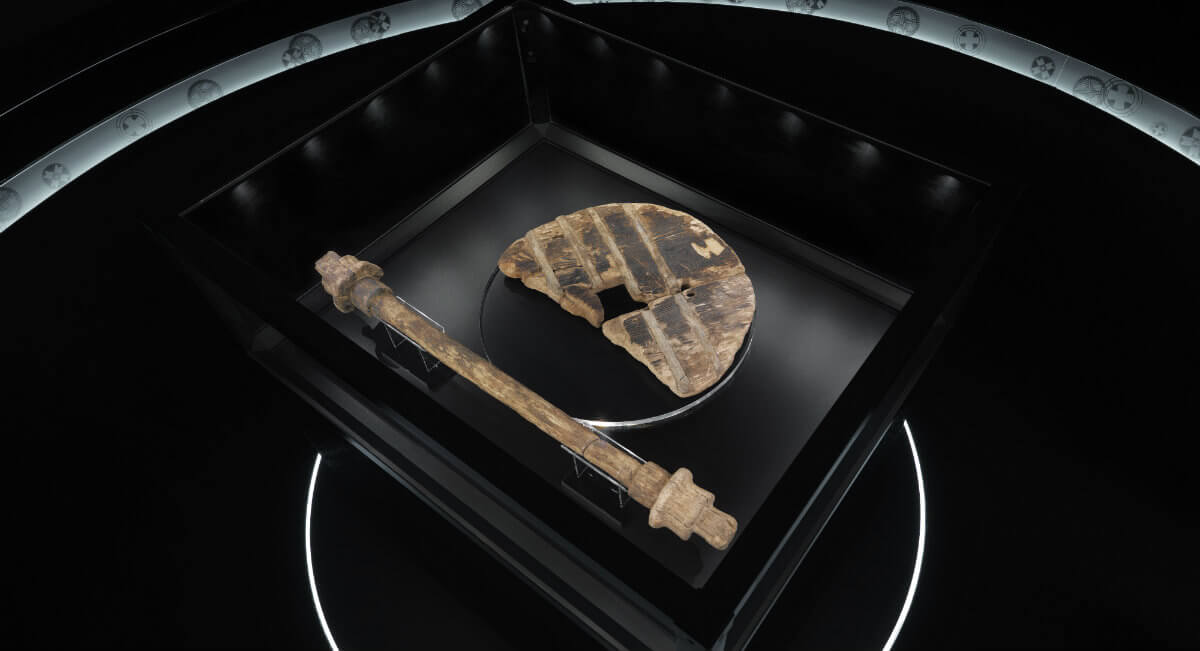
A 5,200-year-old wheel
The Ljubljana Marshes Landscape Park is also an excellent day-trip destination. This was the location of a flourishing pile-dweller culture, whose unique character was the reason why it was placed on UNESCO’s prestigious World Natural and Cultural Heritage List. Pile-dwellers lived in dwellings on piles placed into the bottom of a lake for 2500 years, from about 4500 B.C. Onwards. They survived by cultivating land, animal husbandry, food gathering, and hunting. The remains of their life can be seen at the National Museum and the City Museum in Ljubljana, where the most amazing finding from the Ljubljana Marshes are on display. There, archaeologists excavated a wooden wheel with an axle that, at 5200 years of age, is considered to be the oldest such artefact in the world. Its precise and ingenious structure is surprising, and it represents an exceptional example of a symbol of the progress of a civilisation and the basis for many future inventions. Its technological accomplishment and age place this wooden wheel with an axle at the very top of world cultural heritage.
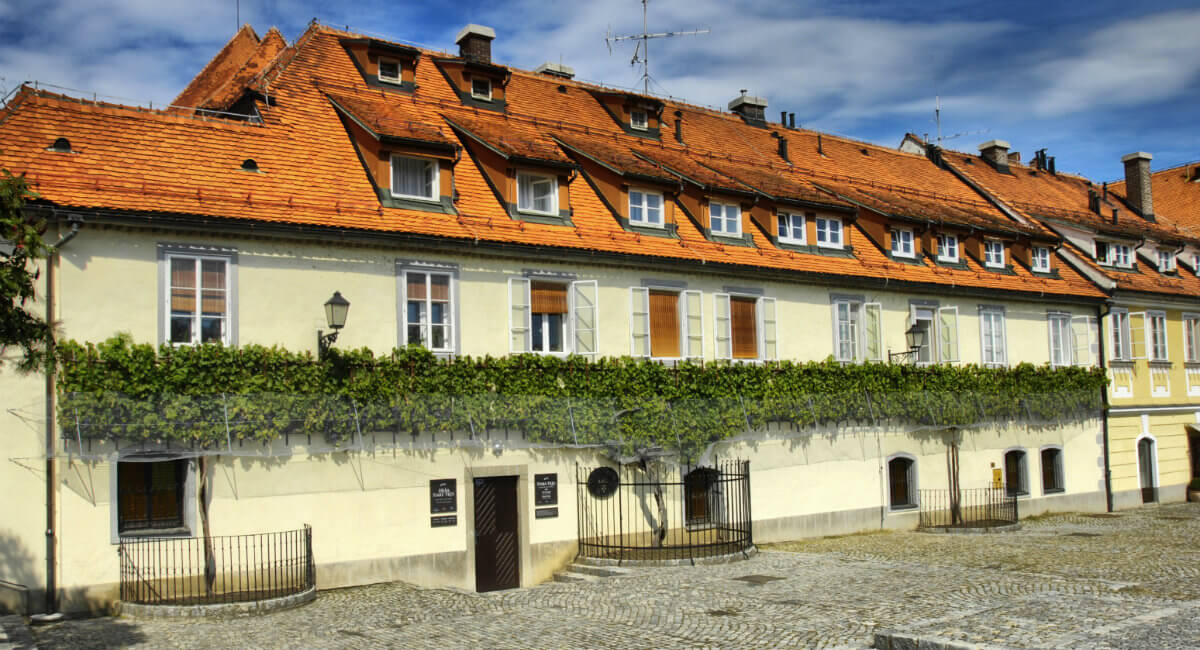
A 450-year old grapevine
In addition to the artefacts showing the progress of old civilisations, Slovenia is also home to a variety of evidence of an age-old culture of wine worship. Therefore, a grapevine from Maribor, which is more than 450 years old, has been entered into the Guinness Book of World Records. The Žametovka or Modra Kavčina variety was planted at the end of the Middle Ages, at the time of Ottoman invasions and sieges. The grapevine also survived other tumultuous events – fires, diseases, the bombing of the city, the rising level of the nearby River Drava – and it is a unique symbol of incredible endurance, persistence, and will to survive. The grapevine still bears grapes; the harvest is celebrated at the Old Vine Festival, and it is also the inspiration for the greatest St Martin’s Day celebration (Martinovanje) in Slovenia. In its honour, wine trails and cellars can be found around Maribor, and it also has its own museum, the Old Vine House, where world-class Slovenian wines can be tasted.
Explore









